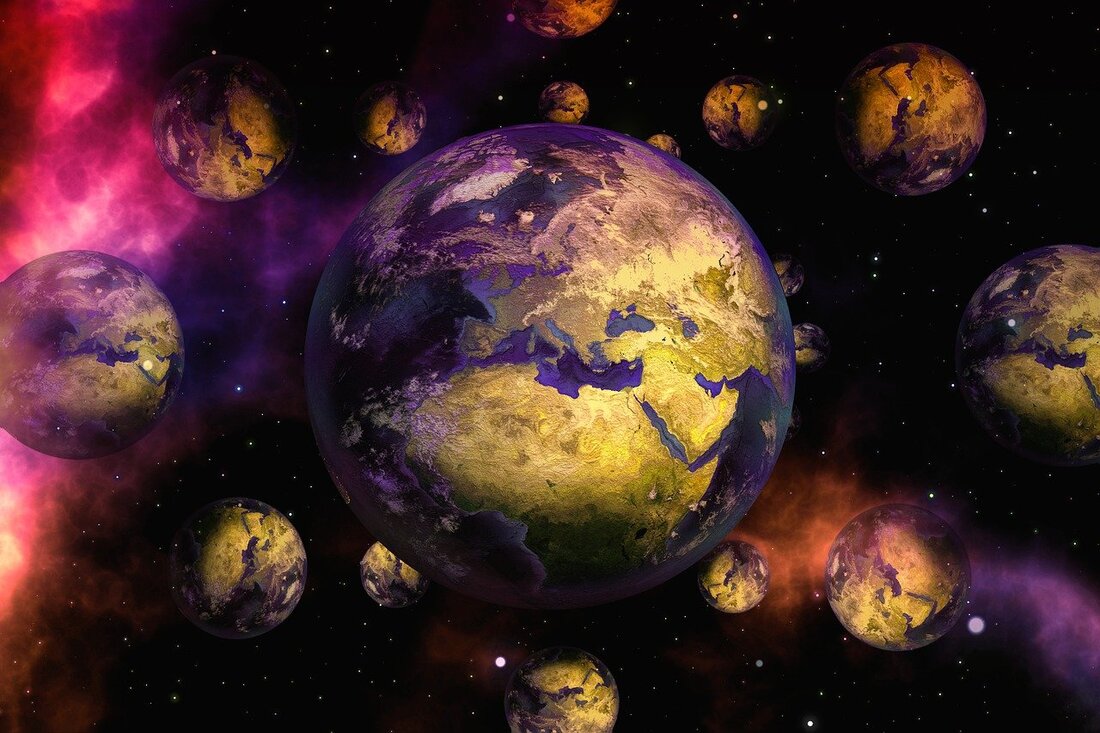|
By: A. Gomes Each second that passes, innumerable actions are taken by different people, those of which have consequences, and shape the world as we know it.
But what if, every time you were faced with a choice, multiple paths were generated, and from there, parallel universes created? Whether it be from the 2018 movie “Spiderman: Into the Spider-Verse”, the Marvel show “Loki”, Doctor Who, or Star Trek, you’ve probably seen this idea be explored extensively in a not-so-scientific-nor-believable way. In these storylines, even the smallest of choices can have an enormous impact, with implications that us, the viewers, may see as an over exaggeration. I mean, in what parallel universe would a pig really turn into an incarnation of Spider-Man? These doubts of course, are usually met with a shrug (or overly complicated explanations from die-hard fans), and you move on (unless, of course, you are talking to a die-hard fan) because it’s entertainment, and, who cares that much? Still, what if there actually was an explanation? What if our life was not just one reality, but branches of infinite ones, constantly expanding in ways we will never get to see? There is one such theory—the Many-World theory – which is surprisingly backed up by a handful of scientists. But if there is a reality where Peter Porker exists, how would that even be created? The answer is simple (it’s really not). Through quantum mechanics. One of the basic principles of quantum mechanics is that of waves of matter. In some instances, matter can behave both as a particle and as a wave. This is seen in electrons, which act as a wave orbiting around the nucleus of an atom. When observed, however, only one possibility of these waves can be seen, making the electron appear as a sub-atomic particle. This has usually been attributed to the wave function becoming a single reality, meaning all other possibilities cease to exist, but proponents of the many-world theory put forward the idea that there are parallel universes with different quantum outcomes of these observations. This forms branches of different universes that are almost exactly the same, or wildly different to the one we’re living in now. Each instant, the world might branch out into near-infinite parallel realities, and we would never even know it. This theory of course, does come with its flaws. For one, it stretches quantum mechanics to various extremes, which as you may have guessed, are not backed up by evidence. That is one of the main flaws of the theory—lack of evidence. Since we can never test theories about parallel universes, they can never be disproven, which is generally regarded as a “no-no” in the scientific community. It’s almost like a paradox in itself; we will never be able to find evidence to confirm it, nor any to deny these claims. There is also the question of whether there is even a point in knowing about other universes. These theories do not solve any real-life physics problems or paradoxes, and they end up complicating everyone’s lives, so should they even be explored? We may never know if Spider-Ham truly does exist, but as far as I’m concerned, parallel realities make for great plots in movies, and who knows? Maybe one day I’ll get the chance to meet my favourite pig superhero.
0 Comments
Leave a Reply. |
Categories
All
Archives
June 2024
|

